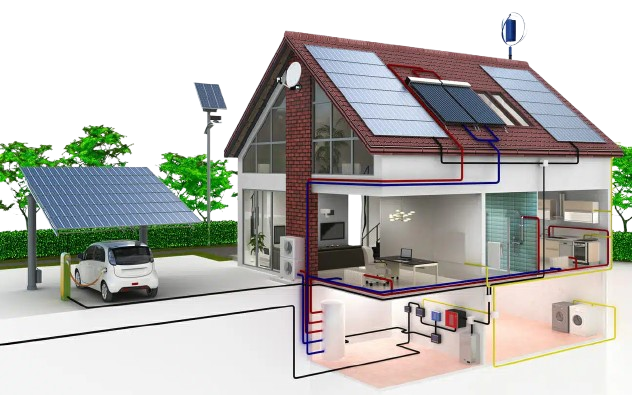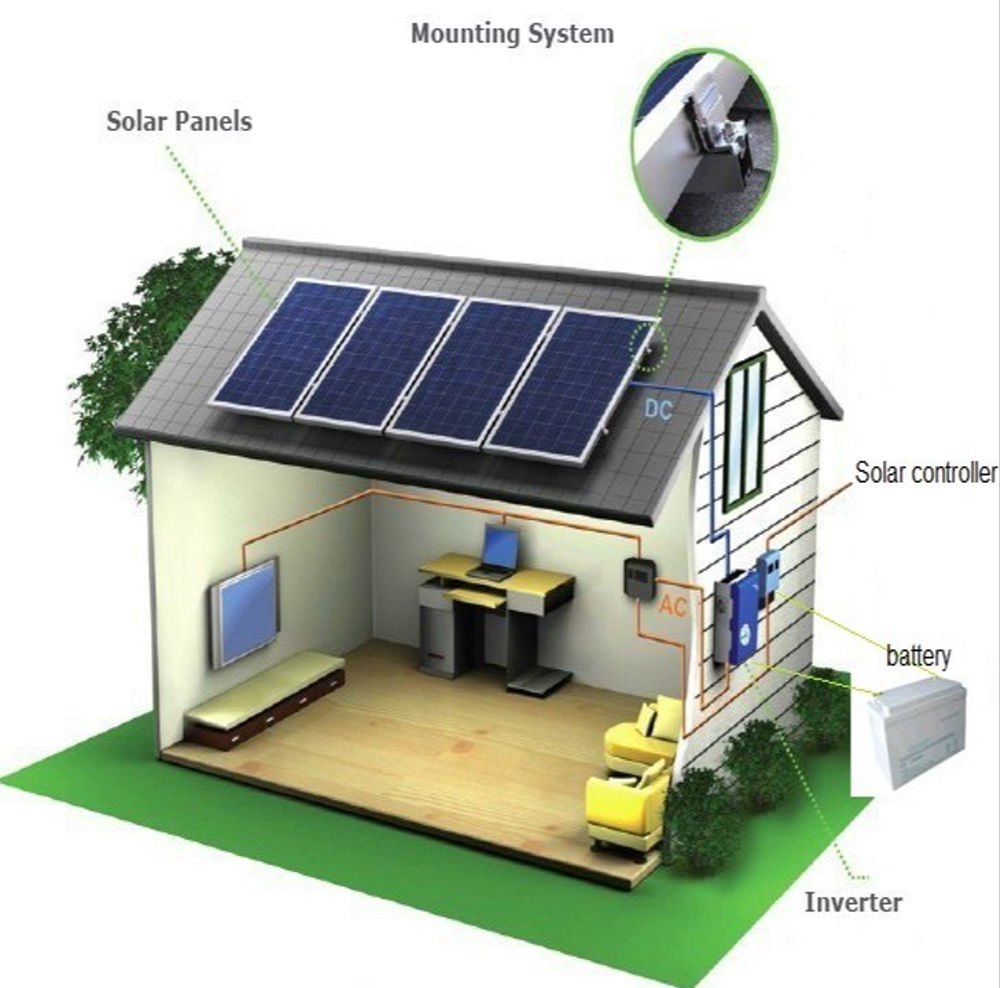Climate change often feels like a global issue that’s too large to tackle at the local level. But meaningful progress is possible when communities unite around reducing their carbon footprint. This case study explores how one neighborhood transformed everyday practices into impactful climate solutions, proving that local action can scale into global
Climate change often feels like a global issue that’s too large to tackle at the local level. But meaningful progress is possible when communities unite around reducing their carbon footprint. This case study explores how one neighborhood transformed everyday practices into impactful climate solutions, proving that local action can scale into global


The neighborhood in focus is a mid-sized residential community with around 500 households. Like many urban areas, the community faced challenges such as high car dependency, rising energy bills, and limited green spaces. Residents realized that their daily choices—from transportation to waste management—were contributing significantly to local emissions.
To address this, neighbors came together under a “Carbon-Smart Living” initiative. Several small but powerful changes were introduced:
By year three, the neighborhood collectively achieved:
Improved air quality and a noticeable drop in summer heat intensity due to added greenery

Interestingly, the initiative didn’t just cut emissions—it built stronger community bonds. Neighbors collaborated more often, shared resources, and organized “green fairs” to keep awareness high. The project also inspired nearby communities to replicate the model.

The community plans to expand its initiatives with rainwater harvesting, urban farming, and a neighborhood-wide net-zero goal by 2035. This case proves that climate action doesn’t always require waiting for global treaties or government mandates. When local communities take ownership, the results are measurable, inspiring, and scalable.